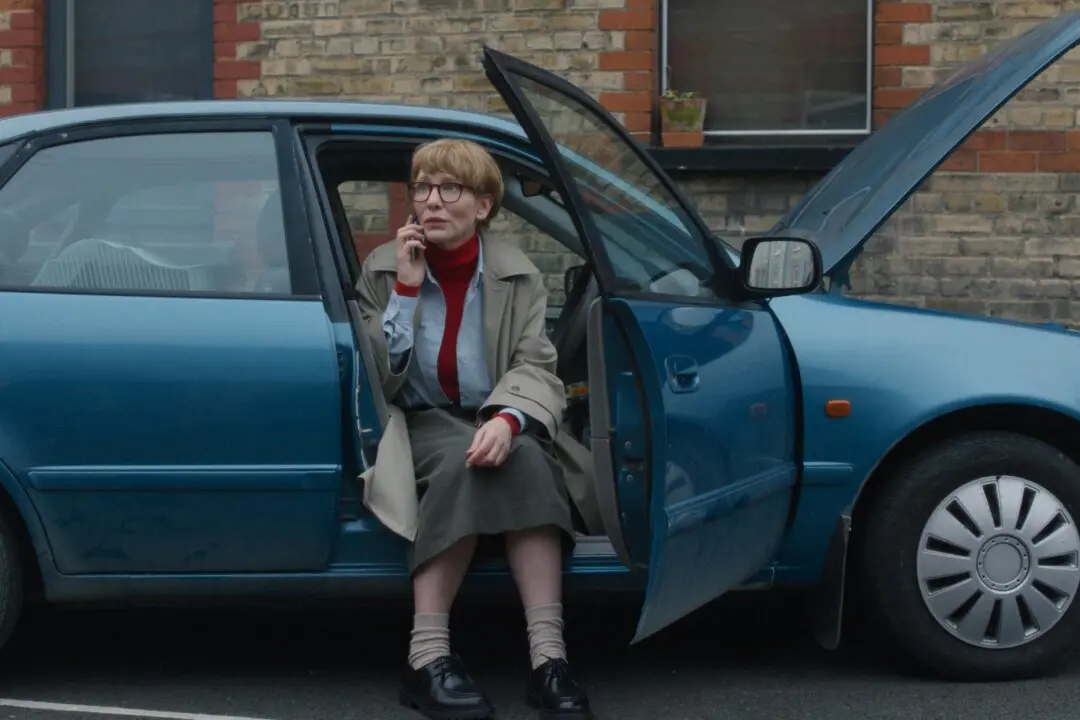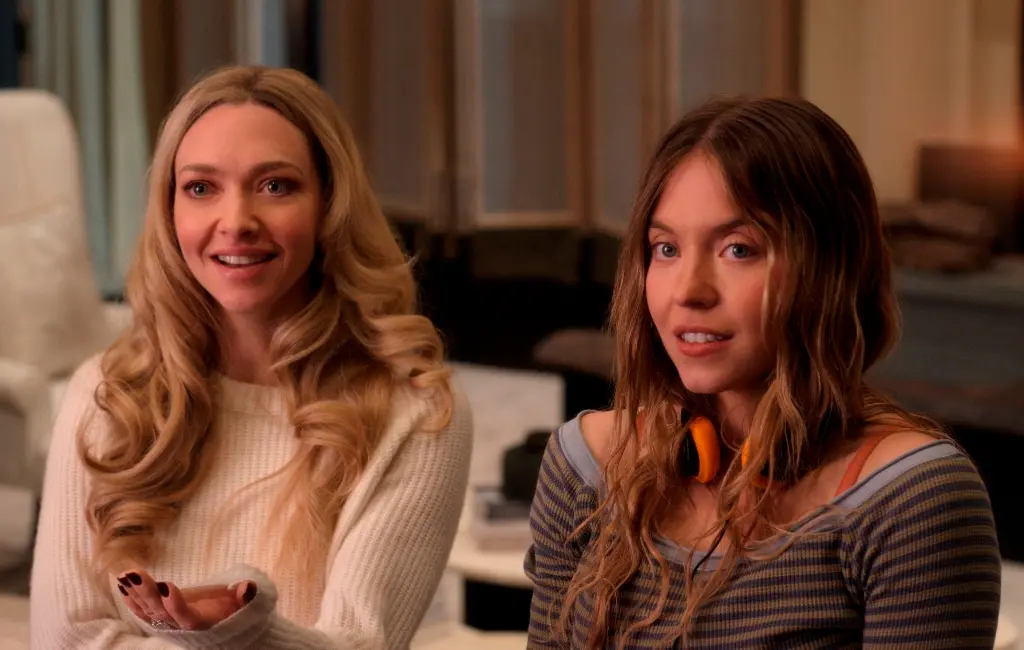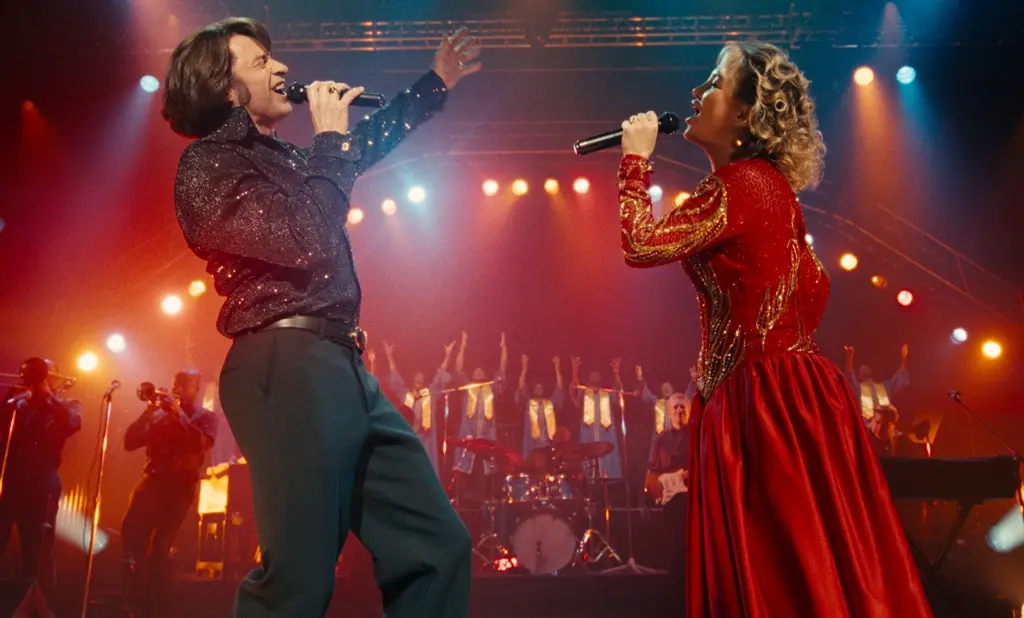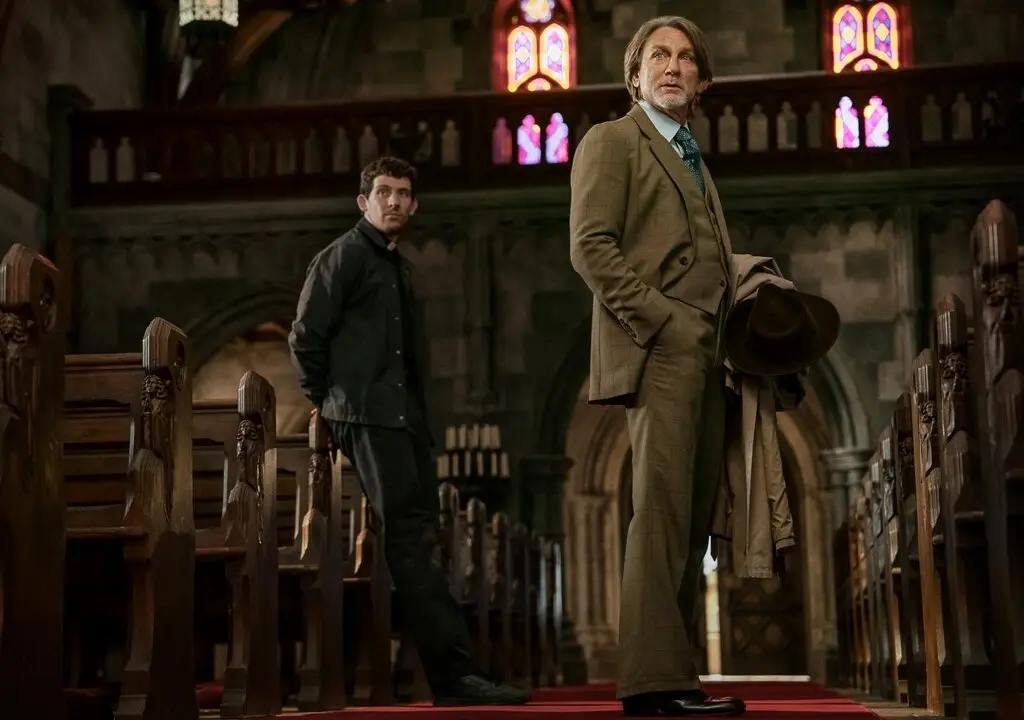During a 1976 magazine interview, Jimmy Carter (without being asked) voluntarily stated that he “looked on a lot of women with lust” and had “committed adultery in my heart many times.” That’s a bold statement from an allegedly happily married, God-fearing man seeking the highest elected office on the planet, but it didn’t seem to do any damage to Carter’s campaign. If anything, this made Carter more relatable to a larger swath of voters.
Rewind, Review, and Re-Rate: ‘The Age of Innocence’
Scorsese’s 19th-century class warfare and unfulfilled love story still stings
|Updated:
Originally from the nation's capital, Michael Clark has provided film content to over 30 print and online media outlets. He co-founded the Atlanta Film Critics Circle in 2017 and is a weekly contributor to the Shannon Burke Show on FloridaManRadio.com. Since 1995, Clark has written over 5,000 movie reviews and film-related articles. He favors dark comedy, thrillers, and documentaries.
Author’s Selected Articles





